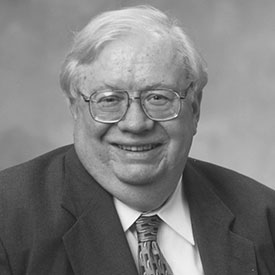The Jesse Tree: 2nd Week of Advent
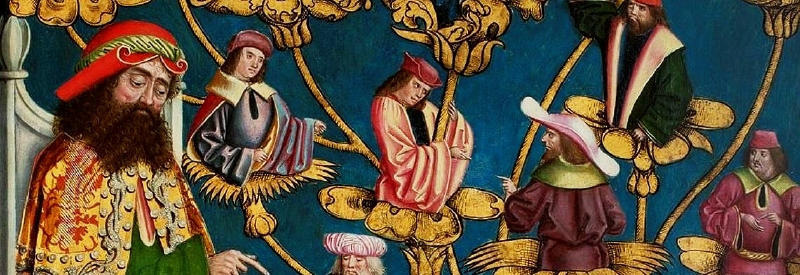
The ornaments of the Jesse tree tell the story of God in the Old Testament, connecting the Advent season with the faithfulness of God across four thousand years of history.
Sunday: Moses
Ornament: Burning Bush
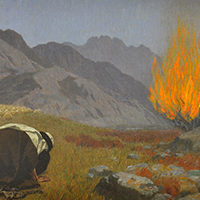
God Calls Moses
God answers Moses, “I am who I am” (Yahweh). Other meanings of God’s answer can be “I come to be all that exists” and “I cause to be all that happens.” God seems to be saying that God will come in his own time and will not be controlled by Moses. God will be who he will be. He came to save the people because it is his choice. “And he said, ‘I will make all my goodness pass before you, and will proclaim before you the name, “The Lord”; and I will be gracious to whom I will be gracious, and will show mercy on whom I will show mercy’” (Exodus 33:19).
The Birth of Moses — Exodus 1-2
Moses Meets God in the Burning Bush — Exodus 3
Pharaoh’s Contest with God — Exodus 5-6
Monday: The Israelites
Ornament: Lamb
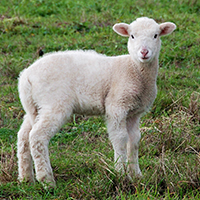
Passover and Exodus
Moses gathers the people. He orders that a lamb be sacrificed and the blood of the lamb be put on the doorframes of the houses. This will be a sign to God to “pass over” the houses of the Hebrews. That night the Hebrews eat roasted lamb and unleavened bread, preparing for the journey. Egyptian houses are filled with mourning, “for there was not a house without someone dead” (Exodus 12:30). Pharaoh, finally convinced that he cannot defeat God, lets the people go.
Passover — Exodus 11-13
Journey to the Sea — Exodus 14:1-15:21
Testing in the Desert — Exodus 15:22-17:16
Tuesday: Moses and Aaron
Ornament: Tablets of the Torah
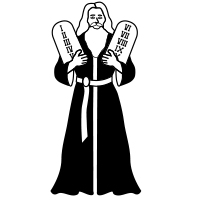
God Gives the People the Law
When Moses and Aaron go up on Mount Sinai, God first reminds them of what he has done for them: “I am the LORD your God, who brought you out of the land of Egypt, out of the house of slavery” (Exodus 20:2). He then tells them what they need to do in order to live in relationship with God and one another. We call these instructions the Ten Commandments.
The Hebrews Meet God at Sinai — Exodus 19
The Ten Commandments — Exodus 20:1-11
Wednesday: Joshua
Ornament: Ram’s Horn Trumpet

Joshua and the Fall of Jericho
Joshua led the Hebrew people from success to success in conquering the land of Canaan. The biblical writer attributes this to his obedience and faithfulness to God. The Canaanite people were defeated, their cities were destroyed, and the spoils of war were offered to God. Like Moses, Joshua was successful until his death, at the age of 110, the same age of Joseph at his death.
Rahab and the Fall of Jericho — Joshua 2; 6
Joshua Renews the Covenant — Joshua 23-24
Thursday: Gideon
Ornament: Clay Water Pitcher
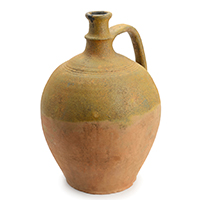
Gideon’s Unlikely Victory
Gideon, a farmer, is threshing his wheat in a winepress so that he can hide it from the Midianites. When God tells him that he will lead the Hebrew people against their enemies, Gideon ridicules the idea. He tells God that God abandoned the people and does not seem prepared to keep his promises. God is not put off; he gives the task to Gideon and promises that he will be with him. Gideon does not think much of God’s choice, as his tribe is among the smallest. God, of course, realizes this. God wants to emphasize that when victory comes, it comes from God. The Hebrew people will never win if they depend on themselves.
Gideon’s Small Army — Judges 6-8
Friday: Ruth
Ornament: Grain
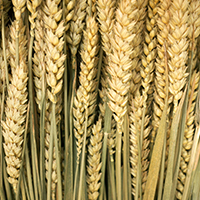
Ruth’s Faithfulness
Naomi is troubled, knowing that she cannot stay in Moab with no one to protect her. She decides to return to Bethlehem and tells her daughters-in-law to return to the protection of their own families. One daughter-in-law, Orpah, returns to her family. The other, Ruth, stays with Naomi and asks not to be separated from her. Ruth remains faithful to Naomi and goes into the fields to glean among the barley. (After the grain was harvested, the poor were permitted to go into the fields to gather any grain that was left behind.) While Ruth is working in the fields, she meets Boaz, the landowner, who is attracted to her and hears her story. Moved in his heart, he tells his workers to make sure that Ruth has plenty of grain to gather.
Naomi and Ruth — Ruth
Saturday: Samuel
Ornament: Crown
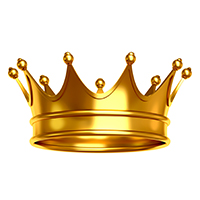
Samuel and the Beginning of the Kingdom
Saul is a member of the tribe of Benjamin, the smallest of the tribes. He is described as handsome and tall, a man of substance. His father, a wealthy man, loses a number of donkeys. Saul goes in search of them but cannot find them. Told of a holy man in a nearby town, Saul goes to see him to ask if he can help Saul find the donkeys. Samuel is in the shrine of the town, conducting the sacrifices. When Samuel sees Saul, he realizes that Saul is the man God has told him about in a dream. God told Samuel that Saul is the man who will help free the people from the Philistines.
God Calls to Samuel — 1 Samuel 3
Samuel and Saul — 1 Samuel 10-12
Most of the information in this presentation is excerpted from The Stories of the Old Testament: A Catholic’s Guide by Jim Campbell.
See Jesse tree ornaments for other weeks of Advent.
Ram’s horn trumpet image by James MacDonald under CC BY 2.0.


